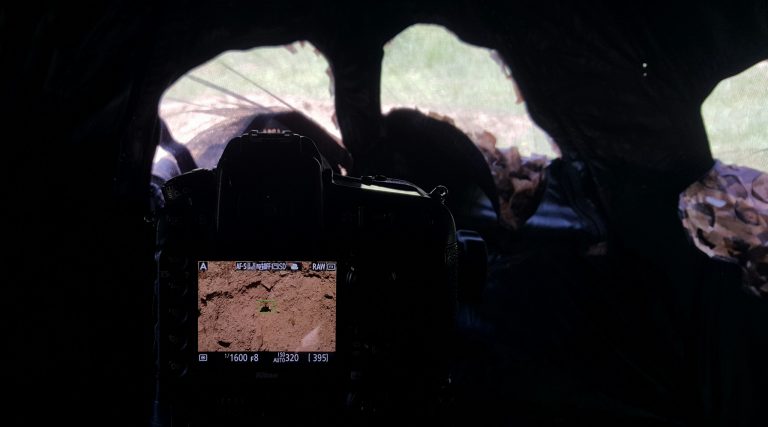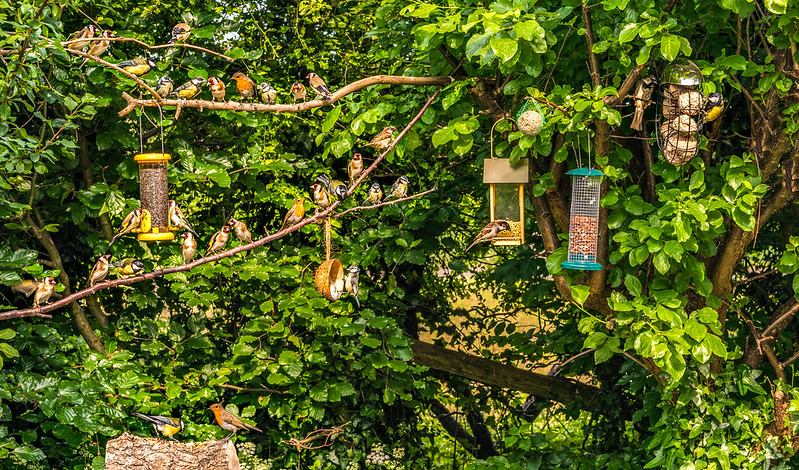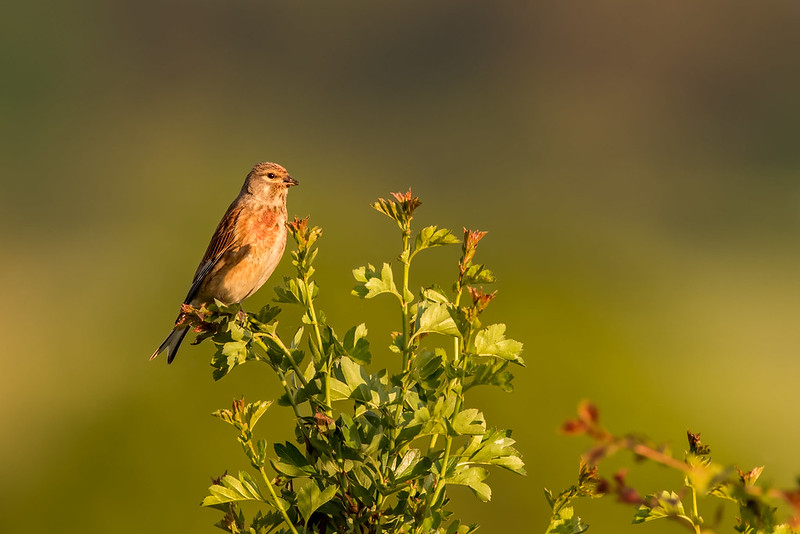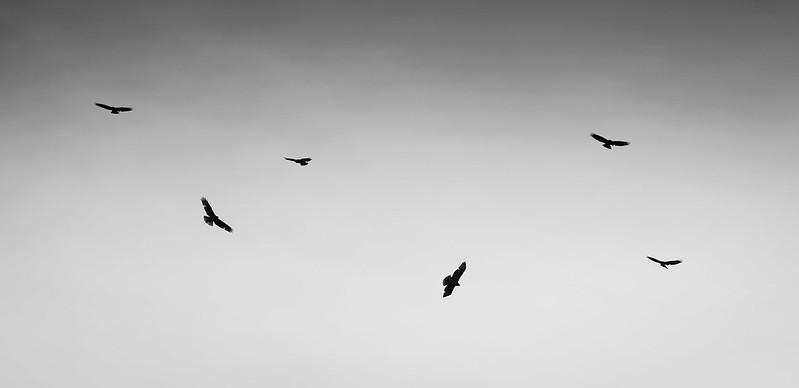Yesterday morning I managed to get to the “hole” where the Abelharucos (Portuguese for Bee Eaters) have been building their tunnels and place a Bushnell NatureView Camera to capture any more visits.
I woke up this morning and stepped outside to drink my (required) morning Coffee to a loud reception of Bee Eater chatter. They were all gathered on trees surrounding the “hole”.
This evening I managed to swap the memory card in the camera and couldn’t believe how much footage was recorded from the 2 days.
I have used a small selection to create this short film of them busy building. As you can see it seems that the whole colony is building tunnels, which is normal behaviour.
European Bee Eaters make tunnels around 1 meter long with a chamber at the end where the female will lay between 5 and 8 eggs. It’s obvious from the film that it takes a longtime to complete, around 20 days.
The clips are a selection from the 2 days, towards the end, the light levels improve as the bank is South West facing so keep watching to really appreciate the stunning colours of these birds.
{Remember to watch in HD if possible}




